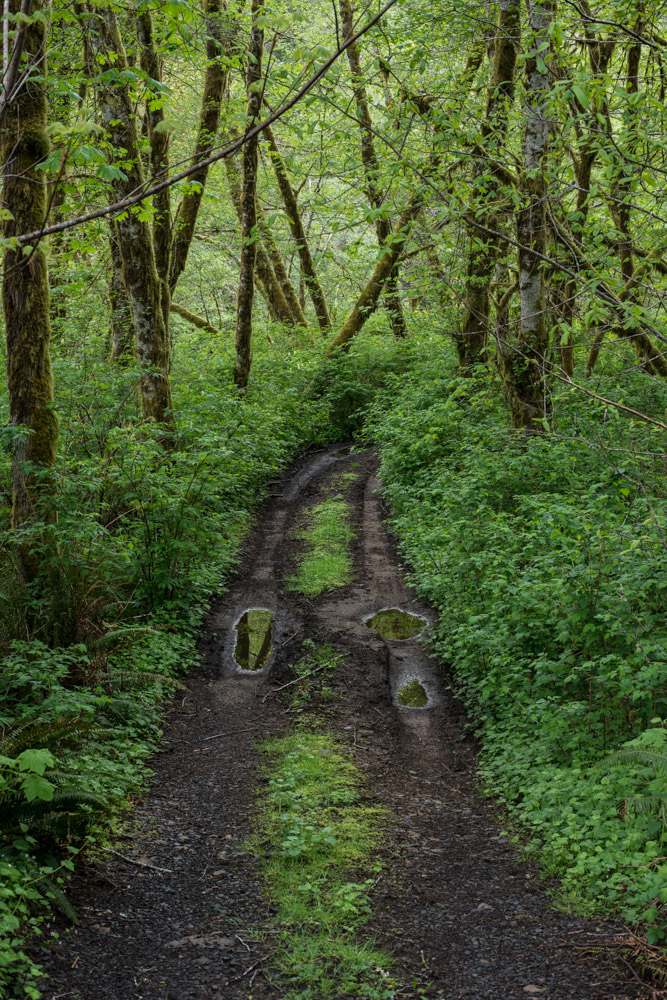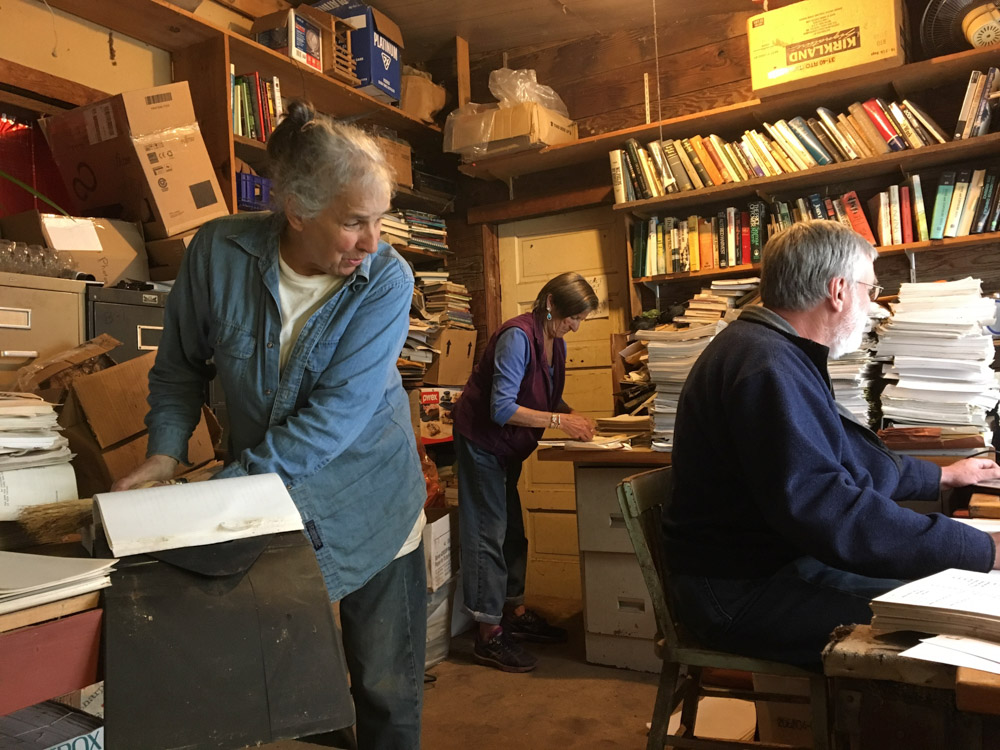
Photo: Peter von Stackelberg
Through the 1970s and 1980s, the mountains of Oregon’s Coastal Range were the center of a struggle to stop the government-approved spraying of Agent Orange and other herbicides on the forests of the Pacific Northwest. The struggle began when local residents noted extraordinary levels of miscarriages and stillbirths and many of their pets and farm animals sickened and died following spray applications.
A landmark legal victory in 1977 resulted in the suspension of spraying of 2,4,5-T and Silvex in the region’s national forests and the eventual ban of 2,4,5-T.
From that legal battle came tens of thousands of pages that revealed for the first time the effects of these chemicals on human health; the chemical industry’s record of faked, distorted, and incomplete safety studies; and the federal government’s efforts to hide its evidence of the risks of pesticide spraying.
Through the 1980s and 1990s, additional lawsuits revealed evidence of the toxic effects of other chemicals, PCBs and dioxins among them, and tens of thousands more pages of documentation were added to the trove of material gathered in prior decades.
This was a time before the Internet made the distribution of information much quicker and easier. Although some of the documents have been revealed over the years, many were stacked in woodsheds and old barns and remained unseen for more than four decades.
The Poison Papers project was initiated to rescue those documents before they mouldered away and make them available in their entirety to the public. Thousands of pages of documents were beyond rescue, but more than 200,000 pages — over 20,000 individual documents — are now scanned and have been placed online, available to anyone who wants access to them.

Photos: Risa Scott








